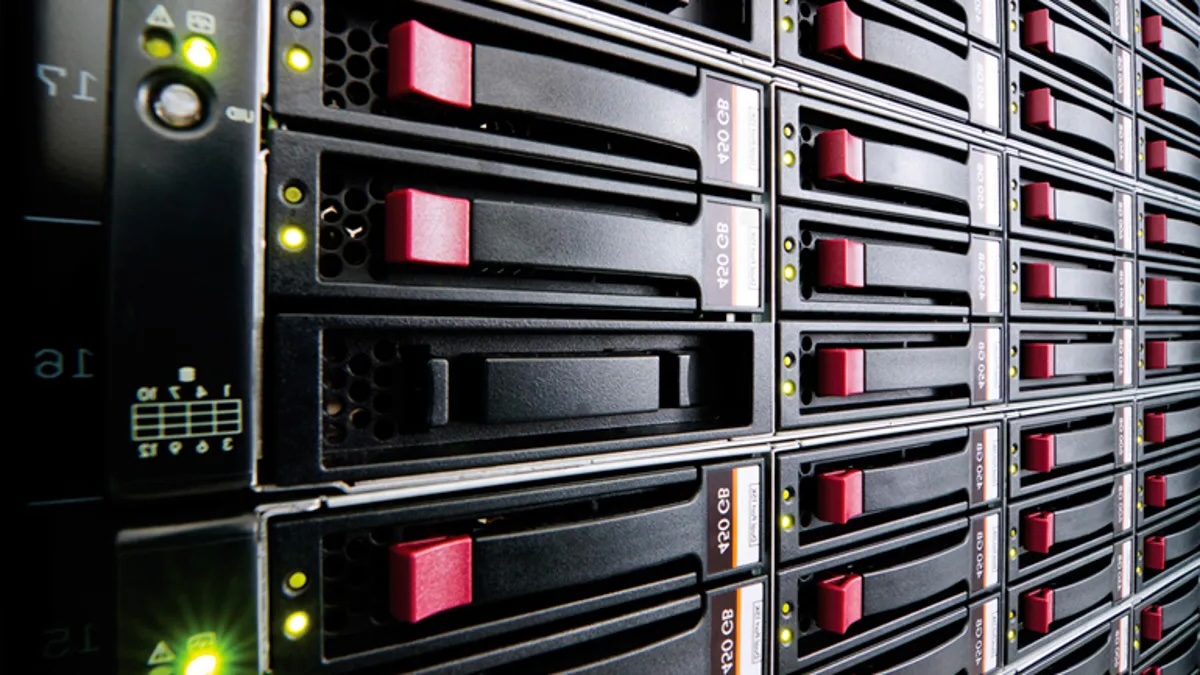
What is a RAID array? A RAID array stands for Redundant Array of Independent Disks. It’s a way to store data across multiple hard drives, making your data safer and your computer faster. Imagine having a team of workers instead of just one person doing all the tasks. If one worker gets tired, others can help out. Similarly, if one drive fails, the others keep your data safe. There are different types of RAID arrays, each with its own strengths. Some focus on speed, others on safety, and some balance both. Whether you’re a gamer, a video editor, or just someone who wants to keep their files secure, understanding RAID arrays can be super helpful.
What is RAID?
RAID, or Redundant Array of Independent Disks, is a technology that combines multiple hard drives into a single unit. This setup improves performance, reliability, or both. Here are some fascinating facts about RAID arrays.
- RAID was first conceptualized in 1987 by David Patterson, Garth Gibson, and Randy Katz at the University of California, Berkeley.
- RAID stands for Redundant Array of Independent Disks, though it originally meant "Inexpensive" instead of "Independent."
- RAID can be implemented in hardware or software. Hardware RAID uses a dedicated controller, while software RAID relies on the operating system.
- RAID arrays are used in servers, workstations, and even some high-end gaming PCs to improve performance and data redundancy.
Types of RAID Levels
Different RAID levels offer various benefits. Each level has unique characteristics suited for specific needs.
- RAID 0, also known as striping, splits data across multiple disks. This improves performance but offers no redundancy.
- RAID 1, or mirroring, duplicates data on two or more disks. This provides excellent redundancy but no performance boost.
- RAID 5 uses striping with parity. It requires at least three disks and offers a good balance of performance and redundancy.
- RAID 6 is similar to RAID 5 but uses two parity blocks. This provides extra redundancy and requires at least four disks.
- RAID 10, or RAID 1+0, combines mirroring and striping. It offers both high performance and redundancy but requires at least four disks.
Benefits of Using RAID
RAID arrays provide several advantages, making them popular in various applications.
- RAID improves data read and write speeds by distributing data across multiple disks.
- RAID enhances data redundancy, reducing the risk of data loss due to disk failure.
- RAID arrays can be easily expanded by adding more disks, offering scalability.
- RAID simplifies data management by presenting multiple disks as a single logical unit.
Drawbacks of RAID
Despite its benefits, RAID has some downsides that users should consider.
- RAID arrays can be expensive, especially when using hardware RAID controllers.
- RAID configurations can be complex, requiring careful planning and management.
- RAID does not protect against data corruption or accidental deletion.
- RAID rebuilds can be time-consuming and may impact system performance.
RAID in Everyday Use
RAID arrays are not just for large enterprises. They can be beneficial in everyday scenarios as well.
- Home users can use RAID 1 to protect important data like family photos and documents.
- Small businesses can use RAID 5 or RAID 6 to ensure data availability and improve performance.
- Gamers can use RAID 0 to boost game load times and overall system performance.
- Content creators can use RAID 10 to handle large files and ensure data redundancy.
Interesting RAID Facts
Here are some lesser-known but intriguing facts about RAID arrays.
- RAID arrays can be hot-swappable, allowing users to replace failed disks without shutting down the system.
- Some RAID levels, like RAID 5 and RAID 6, can tolerate multiple disk failures, depending on the configuration.
- RAID arrays can be nested, combining different RAID levels for enhanced performance and redundancy.
- RAID arrays can be used with both traditional hard drives and solid-state drives (SSDs).
- Some modern RAID controllers offer features like battery-backed cache and automatic rebuilds to enhance reliability and performance.
Final Thoughts on RAID Arrays
RAID arrays offer a solid way to boost data storage performance and reliability. Whether you're a home user looking to protect family photos or a business needing to safeguard critical files, RAID has something for everyone. RAID 0 gives you speed, while RAID 1 focuses on redundancy. RAID 5 and RAID 6 balance both, and RAID 10 combines the best of RAID 0 and RAID 1. Understanding the pros and cons of each type helps you make an informed decision. Remember, RAID is not a substitute for regular backups. Always keep a separate backup to avoid data loss. With the right RAID setup, you can enjoy faster access to your data and peace of mind knowing it's safer. So, choose wisely and keep your data secure!
Was this page helpful?
Our commitment to delivering trustworthy and engaging content is at the heart of what we do. Each fact on our site is contributed by real users like you, bringing a wealth of diverse insights and information. To ensure the highest standards of accuracy and reliability, our dedicated editors meticulously review each submission. This process guarantees that the facts we share are not only fascinating but also credible. Trust in our commitment to quality and authenticity as you explore and learn with us.
